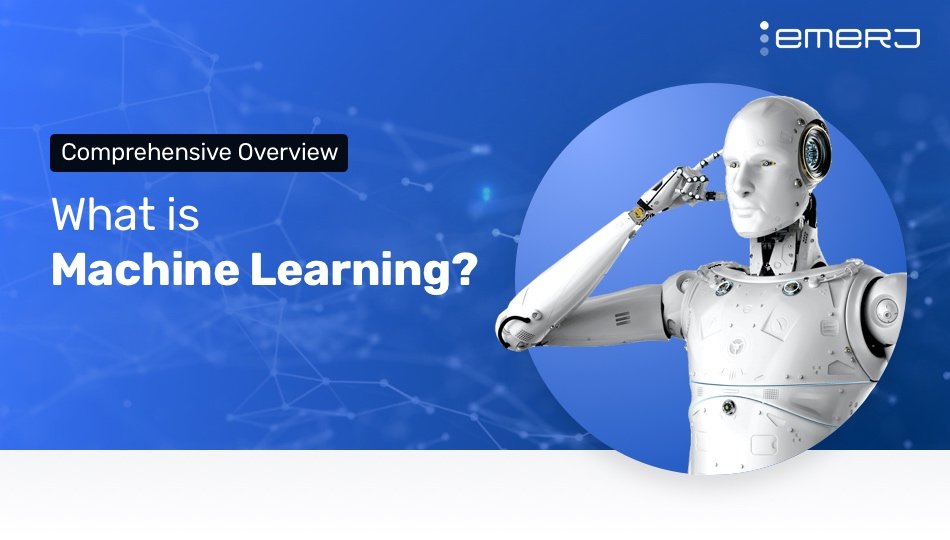Rise by Six: Your Daily Dose of Inspiration
Explore insights and stories that elevate your day.
Machine Learning: The New Age Sorcery
Unleash the magic of machine learning! Discover how this modern sorcery transforms reality and empowers innovation like never before.
What is Machine Learning and How Does it Work?
Machine Learning is a subset of artificial intelligence (AI) that enables systems to learn from data and improve their performance over time without being explicitly programmed. By utilizing algorithms, machine learning algorithms can identify patterns within large datasets and make predictions or decisions based on those patterns. The learning process typically involves training a model on a training dataset, where the model adjusts its parameters to minimize error. This iterative process allows the model to enhance its accuracy as it is exposed to more data.
There are three primary types of machine learning: supervised learning, unsupervised learning, and reinforcement learning. In supervised learning, the algorithm is trained on labeled data, meaning that the input data comes with the corresponding output. Unsupervised learning, on the other hand, deals with unlabelled data, where the algorithm identifies patterns and structures on its own. Lastly, reinforcement learning involves training models to make sequences of decisions by rewarding desired behaviors and punishing undesired ones, mimicking how humans learn from their environment.

The Magic Behind Machine Learning Algorithms: A Beginner's Guide
Machine learning algorithms are at the heart of some of the most exciting technological advancements today. These algorithms are designed to automatically improve their performance through experience, without being explicitly programmed. At the core, machine learning utilizes vast amounts of data to recognize patterns and make predictions. A simple example can be seen in supervised learning, which involves training an algorithm on a labeled dataset, allowing it to learn and identify relationships. In contrast, unsupervised learning finds hidden patterns in unlabeled data, enabling the algorithm to understand the data's structure. Thus, grasping these fundamental concepts is essential for anyone looking to dive into the world of machine learning.
As you explore further, you'll encounter various types of machine learning algorithms, each tailored for specific tasks. For instance, decision trees and support vector machines are popular for classification problems, while linear regression is often used for predicting continuous outcomes. Additionally, the emergence of neural networks has revolutionized the field, enabling the creation of systems that can perform complex tasks, such as image and speech recognition. Understanding these algorithms' underlying principles and applications can provide valuable insights into how they work, ultimately helping you harness their power effectively in your projects.
How Machine Learning is Transforming Industries and Our Everyday Lives
Machine learning is increasingly becoming a transformative force across various industries, driving efficiency and innovation. From healthcare to finance, companies are leveraging machine learning algorithms to analyze vast amounts of data, uncover patterns, and make informed decisions. For instance, in the healthcare sector, machine learning is used to assist in diagnosing diseases, predicting patient outcomes, and personalizing treatment plans. This technology not only improves patient care but also reduces costs and enhances operational efficiency.
Moreover, the impact of machine learning extends beyond industries to our everyday lives. Smart assistants like Siri and Alexa utilize machine learning to understand user preferences and provide personalized responses. In the realm of e-commerce, recommendation systems powered by machine learning analyze consumer behavior, leading to tailored shopping experiences that boost sales. As machine learning continues to evolve, it presents an array of opportunities and challenges, ultimately reshaping how we interact with technology and each other.